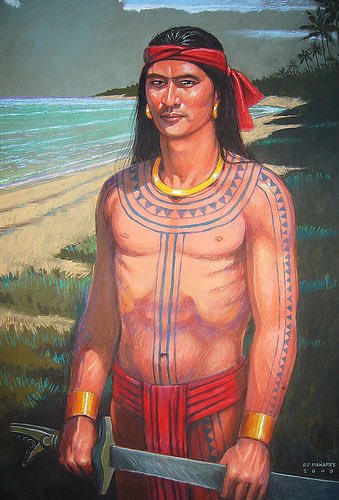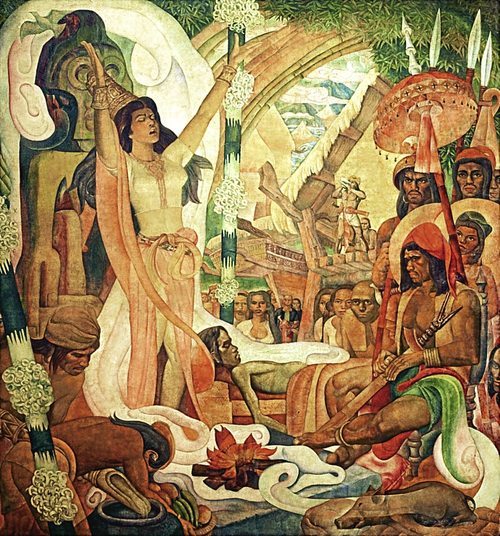NOTE: The original article was written in my old blog, Pinoy-Culture.com on June 16, 2016. That blog does not exist any longer. I have used the original article, editing and expanding on it. It’s that time of year again, where Filipino communities in the Philippines and the diaspora come together…
When researching the pre-colonial history, culture, beliefs, and traditions of the early Bisayans prior to Spanish colonization and during its early onset, one must look into reading probably the most important historical account on the Bisayans. Written in 9 volumes starting in 1667 and completed in 1668, this monumental piece…
The Bisayans had many deities or diwata as they were once called. Each one had their own names and functions. The term diwata comes from the Sanskrit word, devata ( देवता ), or deva which means deity. Many of the diwata were associated with aspects of nature such as the sun, moon, stars, seas, and wind. Others had roles in agriculture, fishing, marriage, and war. Some diwata were also deified ancestors, as it was believed that some who were hero’s in their lives or died honorable deaths, such as being struck by lightning, eaten by a crocodile, or killed in war, would join the diwata.
Known as the Queen of Cebu, this mysterious, leading woman was the wife of Rajah Humabon, the ruler of Cebu during the time of the arrival of Portuguese explorer, Ferdinand Magellan, and his crew in the year of 1521. Stories of her come from both fact and myth, handed down from generation to generation. Her real name is up to debate with no concrete written record of it. Some say her name was Hara Humamay/Humahay, Hara being the native term for a female ruler. Others however say instead of Humamay, her name was Amihan.
These past few weeks the U.S. has witnessed a shift in the timeline of our history. Amidst a pandemic we are still facing, we have turned our attention to something that has been deeply rooted in our society long before Covid-19. Racism. Specifically, racism against the Black community. We have…
“They had another idol called Dian masalanta, who was the patron of lovers and of generation.” – Juan de Plasencia’s Relation of the Worship of the Tagalogs, Their Gods, and Their Burials and Superstition (1589) So there was a question on the Anito: The Precolonial Beliefs, Polytheistic Beliefs, and Practices…
This week, I will be reading the Bisayan chapter in The Boxer Codex. This manuscript written circa 1590, details written accounts on various people from what is now known as the Philippines as well as our neighbors in the East. Included in this manuscript are illustrations that depict the people…













